Coronavirus South Australia: Doctor who saved state from second COVID wave
South Australia hadn’t seen coronavirus for more than seven months when a junior doctor heard a patient cough — but her quick thinking saved the state.
The doctor who caught South Australia’s potentially deadly second wave of coronavirus has been hailed a hero — but Dr Dharminy Thurairatnam insists she was simply doing her job.
Dr Thurairatnam was working at Adelaide’s Lyell McEwin Hospital on a busy Friday night on November 13 when she was put in charge of caring for a woman in her 80s.
The woman, later revealed as the mother of a cleaner working at an Adelaide medi-hotel, was having problems breathing.
Speaking to news.com.au, from an Adelaide medi-hotel, Dr Thurairatnam said she quickly ran through the multitude of illnesses the woman might have.
“I believe that she had something going on but not specifically COVID. There were many other things that could potentially cause her to present the way she did,” she said.
But then, the woman coughed.
It had been more than seven months since a locally acquired coronavirus case had been diagnosed in South Australia, with the state almost returning to a pre-COVID way of life.
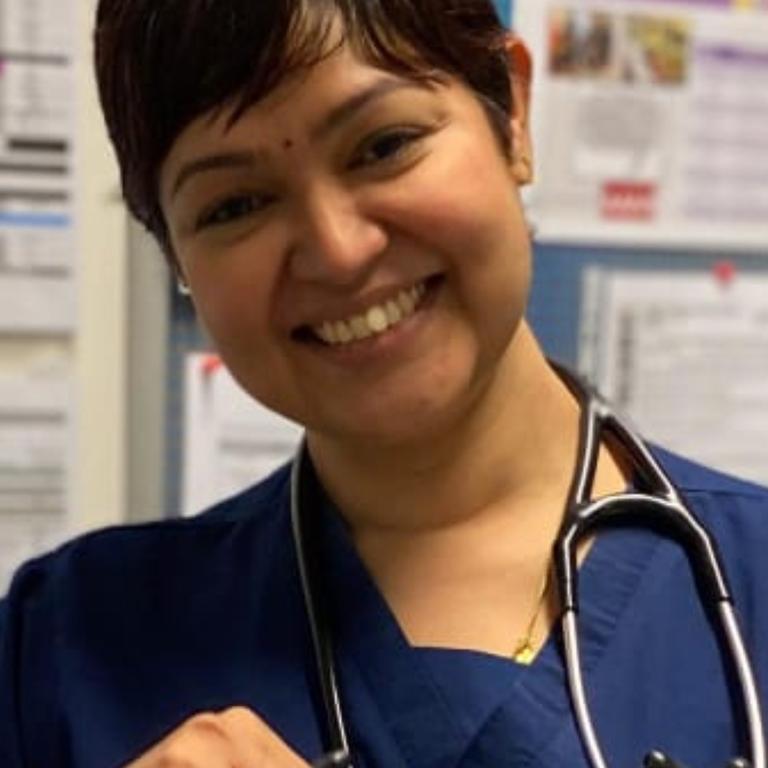
RELATED: Follow our live coronavirus updates
RELATED: Restrictions back in South Australia as COVID returns
Despite that, Dr Thurairatnam knew what had to be done, giving the elderly woman a coronavirus test.
Hours later, the woman tested positive, triggering a massive public health response that plunged the entire state into lockdown and saw more than 4000 close contacts ordered into isolation.
Among those 4000 were the more than 100 close contacts in the emergency department at Lyell McEwin Hospital that night — including Dr Thurairatnam.
“It was a scary experience...I was terrified not knowing if I had contracted the virus itself, but at the end of the day one needs to have hope, faith and be positive that things will work out fine,” she said.
Dr Thurairatnam has tested negative for coronavirus twice in hotel quarantine, despite briefly having a sore throat and runny nose, and will be released later this week after 14 days isolation.
There are now 29 cases linked to the Parafield cluster, with SA Health confirming the source of the infection was a returned traveller, a man aged in his 50s, who was in quarantine at Adelaide’s Peppers Hotel.
Dr Thurairatnam, who moved to Adelaide late last year to continue her medical career, hasn’t seen her husband or two children since March due to coronavirus.
Born in Malaysia, she practised medicine there before working in Singapore as a doctor, later transferring to Adelaide.
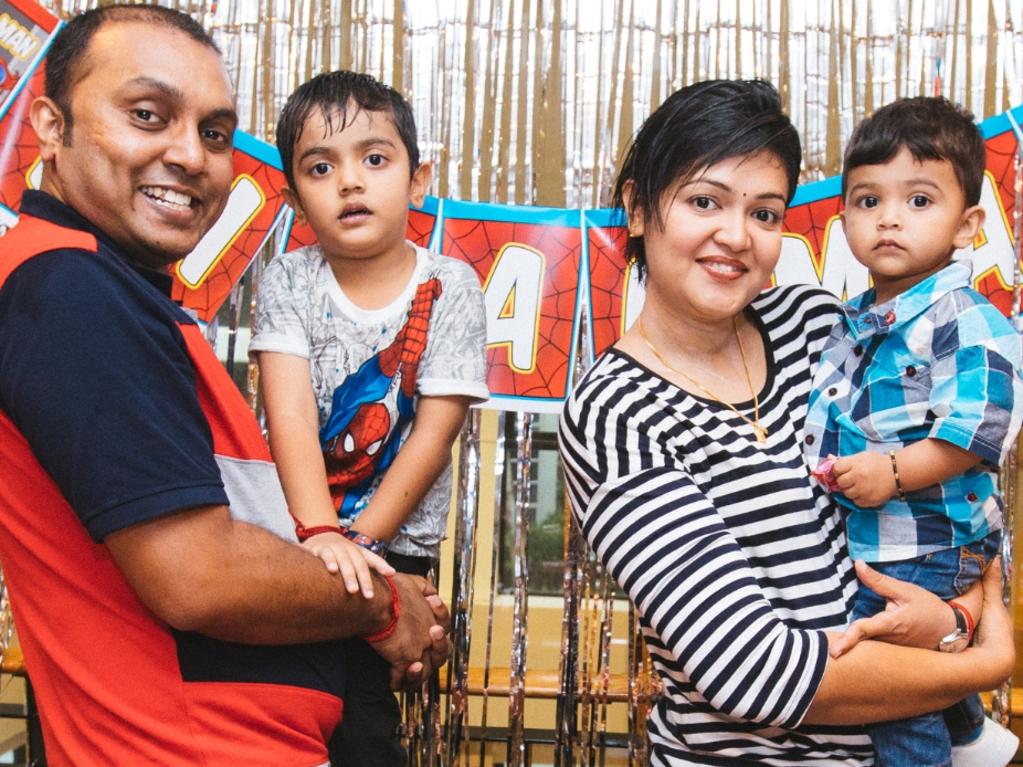
Following the diagnosis, Australia’s top health professionals, without naming Dr Thurairatnam, praised a “young doctor” for catching coronavirus so early.
Dr Thurairatnam, aged in her 30s, said she was pretty happy with that reference.
“I have been introduced as a ‘young doctor’ and I intend to always be that way,” she said.
Now a junior doctor at the Adelaide hospital, Dr Thurairatnam said it was her father’s dying wish that led to her studying medicine.
“I lost my dad (a doctor himself) when I was four years old and it was his last dying wish that I become a doctor,” she said.
“I recall my ambitions as a child was to be an air hostess living the life, travelling places and seeing the world.
“My mum raised me and made sure I fulfilled my late father’s wish. So here I am working as a doctor and loving what I do.”
Dr Thurairatnam said she, her family and friends were in “disbelief” at the support she’d been shown.
Despite being praised as a “hero” doctor, Dr Thurairatnam said the team at the hospital always battled coronavirus as a team.
“I am very humbled, but in all honesty the prevention of the cluster spreading extensively throughout South Australia was a team effort between the people of South Australia and the state government,” she said.
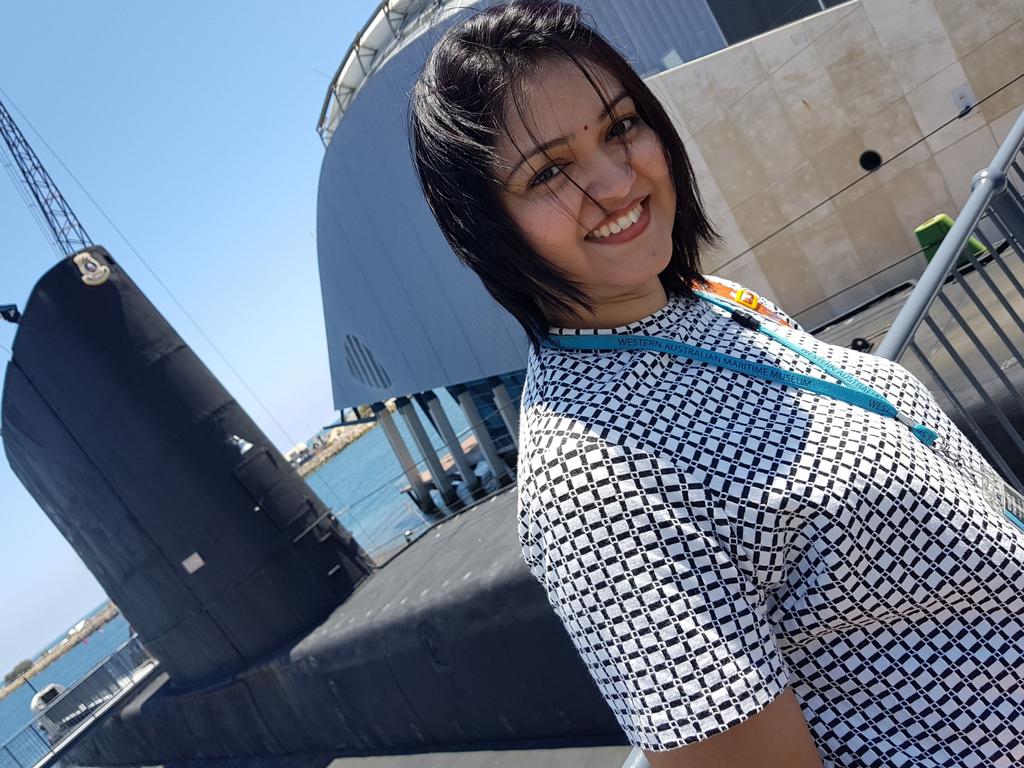
Dr Thurairatnam said “I may have detected the first community transmitted case” but it was the “quick thinking” of the state’s leaders that “needs to be commended”.
“Working in the clinical field as a front liner/healthcare provider has been very challenging during this unprecedented COVID-19 era,” she added.
“I am very grateful and blessed to be working at the Lyell McEwin Emergency Department. The team of people working here is nothing less than fantastic.
“The dynamics of the department, the consultants and registrars are always there on the floor observing, overlooking all the junior doctors and they often come up to you when they sense that you are struggling even before you seek for help.”
Dr Thurairatnam said all of the hospital’s staff “never hesitate to step out of their comfort zone”.
“They brave their way through during this difficult time offering you a helping hand with a smile of their face,” she said.
Dr Thurairatnam also had huge praise for the South Australian community.
“During the emergence of COVID in the last week, the people of South Australia have been responsible, co-operative and resilient,” she said.
“(There’s been) long queues of people standing under the scorching sun, long kilometres of cars lined up for hours to get tested is proof of evidence on how remarkable South Australians came together in helping the state government to combat and contain the spread.”
Looking to the future, Dr Thurairatnam said she was “very passionate about emergency medicine”.
She hopes to join the training program at the Lyell McEwin Hospital to advance her career.
“I’d sincerely like to thank the emergency medicine consultant team at the LMH — you know who you are — for believing in me, constantly motivating and encouraging me throughout my career in emergency medicine.”
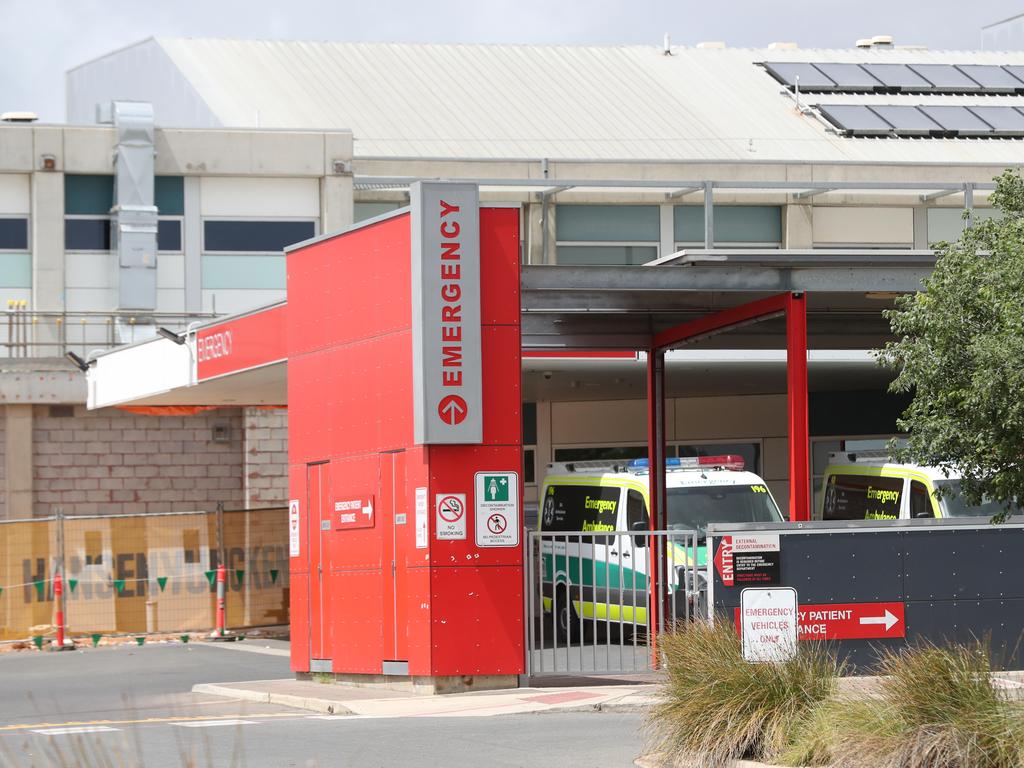
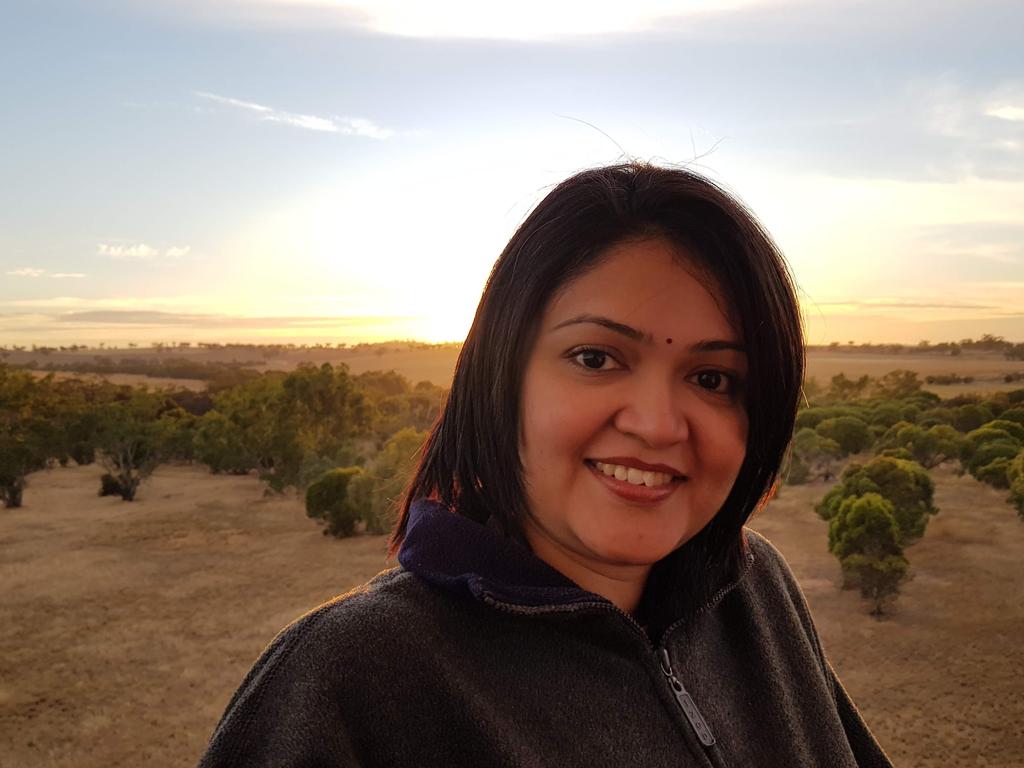
Chris Moy, president of South Australia’s Australian Medical Association (AMA) branch, praised Dr Thurairatnam last week.
Dr Moy said if South Australia did get on top of the outbreak — which it since has — “a lot will be due to some degree of luck”.
“Because of the conscientiousness of a particular doctor who insisted that a patient with minimal symptoms have a test,” Dr Moy added.
“Really to some degree that may make the difference and may mean that we’ve caught it early and it hasn’t got to the Victorian level where it was going on for weeks.”
Dr Moy said “by the grace of God” the doctor “stayed committed to that vigilance in a community that hasn’t seen any cases for months and then that has actually closed this down”.
Dr Thurairatnam’s insistence meant South Australia was able to “control (coronavirus) like a spot fire instead of it turning into a bushfire as it did in Victoria.”
Australia’s acting chief medical officer Professor Paul Kelly also thanked the doctor.
“There was a young doctor in the hospital in northern Adelaide who was absolutely essential in picking up that first case,” Prof Kelly said.
“The family member that went to that hospital and went to the Emergency Department with something else completely different, no respiratory symptoms, one of the doctors heard that person coughing and did the test and that is how we know that there’s something going on in South Australia very early.
“And they’re getting on top of very early, I am confident they will get on top of it.”




